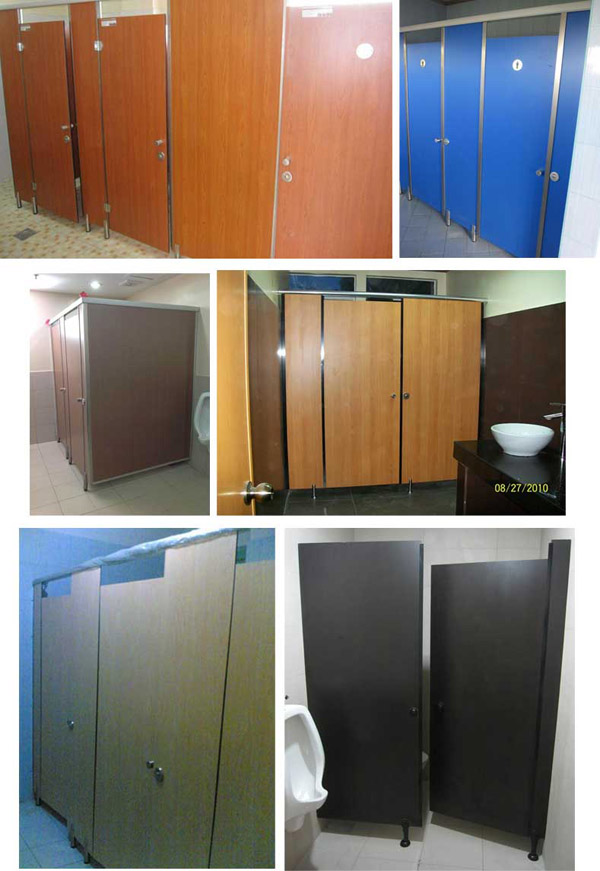Table of Content
To get the store’s contact details, enter your zip code or state in the store locator feature on the CVS website. You will also get the store’s operating hours and the charges for developing different films. Willem Verbeeck gives you a deep dive in film photography. You'll learn how to properly expose film and how to get started with a film camera. When the pandemic hit, shooting film became an even more necessary outlet for me.

Reels - In all likelihood, your developing tank will come with the reels. However, I use the Omega Universal Adjustable Multi-format Reel. I've found it's just a bit easier for me to load the film with these. Basically, you unroll the film roll inside the Rondinax tank in full daylight and then you add all the chemicals until the fixer. Once you have done with the fixer you can open the tank and start to wash the film roll multiple times. Working with coloration film is greater complicated, so you may also gain from turning into trained first in black and white film development process.
Take out your film and dry it
So, if you are one of those who still love film cameras, then it’s about time you do this. Once you are kitted out to improve at home, you can shoot film through the apocalypse and beyond, so long as anyone is nevertheless making film and chemistry. This is more superb than the use of a regular clothespin. You can use this when drying your processed photos. These go into the creating tank collectively with your film spool after removing them from the canister.
The cost to develop film varies based on the type of film and the number of exposures per roll. It takes, on average, three to five business days turnaround time. No matter what type of film requires developing, you can bring it to your local CVS Photo location for processing.
Pour the developer
It was still a little wet and sticky, but I got it on the reel without too much hassle, which was my only real concern with not letting it dry for a couple of weeks. Because hope springs eternal, I decided to order another kit for a fresh start. Many people remark how this is the “nasty stuff.” And it is.
You can still get most of your film developed and turned into prints through stores that specialize in photography. The actual services vary across different companies. But there are a number of specialty photography retailers all over the country that will develop color and B&W film in a variety of different sizes. With an empty film drying rack after the morning film developing session I warmed up the chemicals to develop another batch of film.
C-41 Color Film Developing Process:
Each one of them has a different process and uses different chemicals. In this article, I’m going to focus on the 35mm black and white panchromatic film developing process. It was finally time to start and develop my first 35mm black and white film roll at home in daylight. Read below to know every step I took and the ingredients you need, just like a recipe. Fill the fixer from the developing tank into an opaque plastic bottle for reuse. It is feasible to reuse the fixer up to three instances in film processing.

If you’re using distilled water you can use a more diluted solution. This is the step where you need to be more aware of safety as you’ll be handling chemicals. Find a ventilated place, cover the table where you’re going to be working, and put on some rubber gloves. Thermometer – Developing chemicals are temperature sensitive, so you’ll need a thermometer to ensure the correct result. You can skip it without any substitutions, however, using it will help you avoid any water spots in the film and it will accelerate the drying process.
Of course, another option that hasn’t yet been discussed is to learn how to develop film at home. Professional online labs like Dwayne’s Photo make up for their shipping and processing time by their high-quality scans and development. In addition, if you are shooting film with 36 exposures the cost for development is roughly the same between the two. Unlike Walmart, you will receive your the scans within a few days before you receive your the negatives and prints, if you chose those options. Aside from the 35mm film that is geared up for processing, you require particular tools and substances that you can purchase online or from a strong point images shop. These equipment encompass a developing tank, film reels, changing bags, chemicals, measuring vessels, and storage bottles.
So, what exactly does it take to develop color 35mm or medium format film at home? Keep reading as we discuss the advantages of developing your film, as well as what equipment you’ll need and how to make sure your pictures turn out perfect every time. The cost of developing film at CVS depends on the number of prints and exposures you need. Typically, CVS will charge you about $0.36 per 4×6 print from a 35mm film or a disposable camera. The table below shows the full cost of developing films at CVS, depending on your requirements. Although CVS has photo centers that receive your film development orders, they do not develop the films in-store.
Pre-soak the film in the development tank with the main lid on by pouring distilled water at 102°F Farenheit (43.5°C) into the tank for 1 minutes with no agitation. Pour the 800 ml / 0.8 quarts (or roughly 80% of the water for the intended amount) of distilled water into the clean storage bottle first, using a clean funnel. Once the water reaches the correct temperature, while stirring pour the packet of developer powder in the distilled water. Once you’ve loaded the first part of the reel with the film, turn the reel until the entire roll has been loaded if using a plastic reel. Then, use scissors to cut the remaining portion of the film that will still be attached to the canister. With medium format film, this will be a second paper backing.

To save time and money – sending the film out to be developed is not as cheap or easy as it used to be. Just feed the tip into the reel and then start winding it. Make sure that you follow the same rolling direction from the spool. This way the natural curve of the film will ease the process and avoid any creases. You can’t expose the film to the light before developing it, so you’ll have to do this part in the dark.


No comments:
Post a Comment